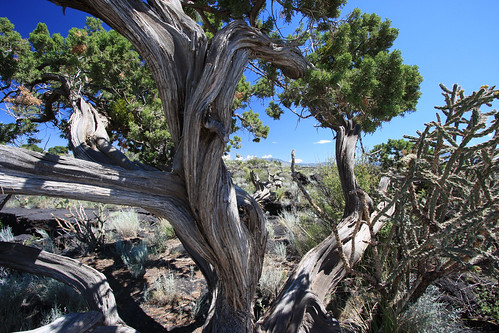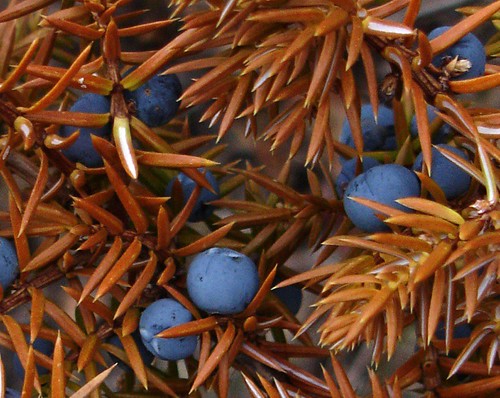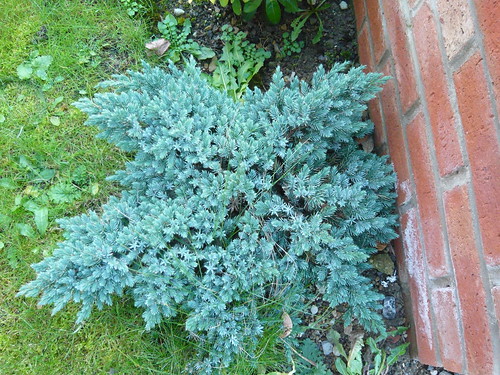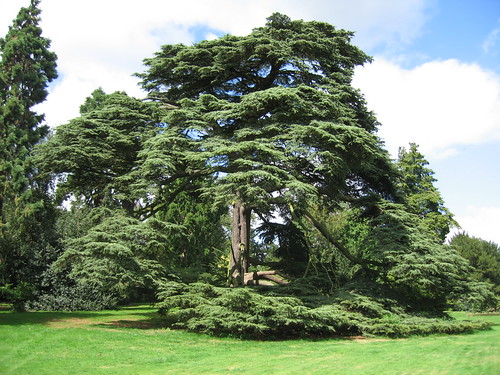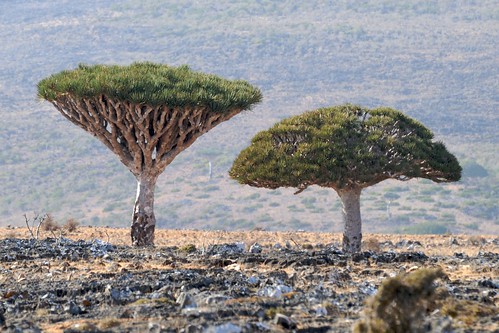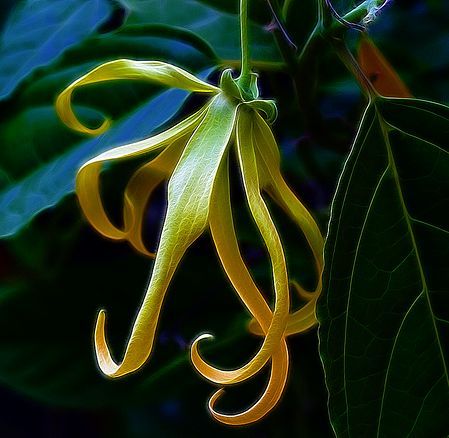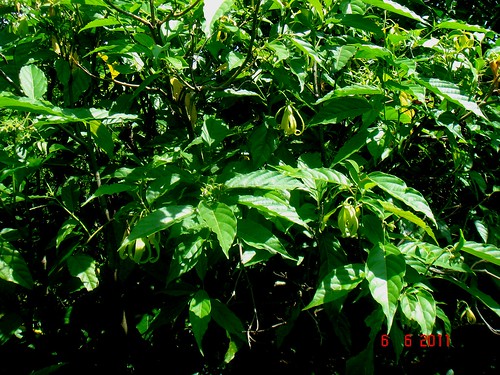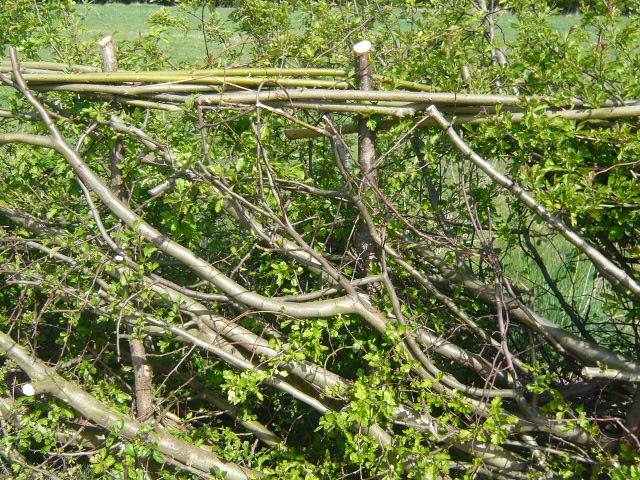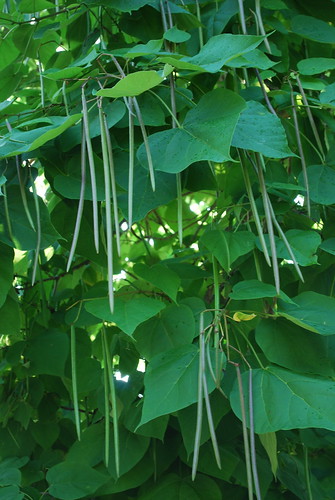Juniper – Root and Branch Review
Best known in our household for flavouring gin the Juniper and it’s berries are multi-talented
Key Features of the Juniper.
- Latin name Juniperus communis other common names Rocky mountain juniper
- Height up to 20 feet old trees can have a wide spread
- Type of tree – evergreen conifer
- Leaves – Short prickly blue-green needles growing in whorls of three
- Flowers male yellow and female green on separate trees
- Fruit spherical fleshy berries taking 3 years to ripen from green to black
- Bark grey-brown
- Family Cypress family
Origins and Distribution of the Juniper .
- Wide geographic spread in the northern hemisphere.
- Prominent in USA, Canada, Europe and Japan.
Uses and Attributes of the Juniper .
- The berries are used in cooking and to flavour gin.
- The wood and branches give off a nice scent when burnt and are used in some smokeries to preserve meat.
- As dwarf conifers and small shrubs they are very popular in gardens.
- There are many documented medicinal uses. Tradition says the berries were used to end pregnancies.
Gardeners Tips for the Juniper .
- Often confused with trees from the cedar family. The Red Cedar is a juniper virginiana but junipers are not from the Cedar family.
- Junipers are very useful evergreens for use in rockeries and in providing winter interest in the garden.
- Berries take 3 years and trees need a male and female so do not expect a big crop in the garden.
Other types of Juniper and key species
- There are over 50 species of Juniper with varying habits.
- Juniper chinensis, Juniper virginiana Juniper squamata are available as many cultivars.
- Juniperus chinensis the Chinese juniper variety ‘Blue Point’ has silvery-blue leaves
- Creeping Juniper is low growing prostrate form of Juniper with gray-green foliage.
Juniper comments from elsewhere
- In North America, the Micmac and Malecite Indians, native to the maritime provinces of Canada, used Juniperus communis for sprains, wounds, tuberculosis, ulcers both internal and external, consumption, and rheumatism. Their general belief was that the juniper hardened the body and made it better at fighting off illness. read more on planet botanica.
- Juniper, an important understorey shrub or small tree in the Caledonian Forest, has declined recently and is now the subject of conservation concern. Common juniper has the largest geographic range of any woody plant in the world. It is circumboreal in distribution. Trees for Life
- Juniper is often the first bonsai ever owned by a novice, due to its massive success in the mallsai market. The Juniper is well known and appreciated by all bonsai growers. Art of Bonsai
Read about our series on British tree reviews with a bakers dozen fact sheets
Credits
Juniper Tree, Valley of Fires by vambo25 CC BY-NC-ND 2.0
Common Juniper by bottomdollar99730 CC BY 2.0
